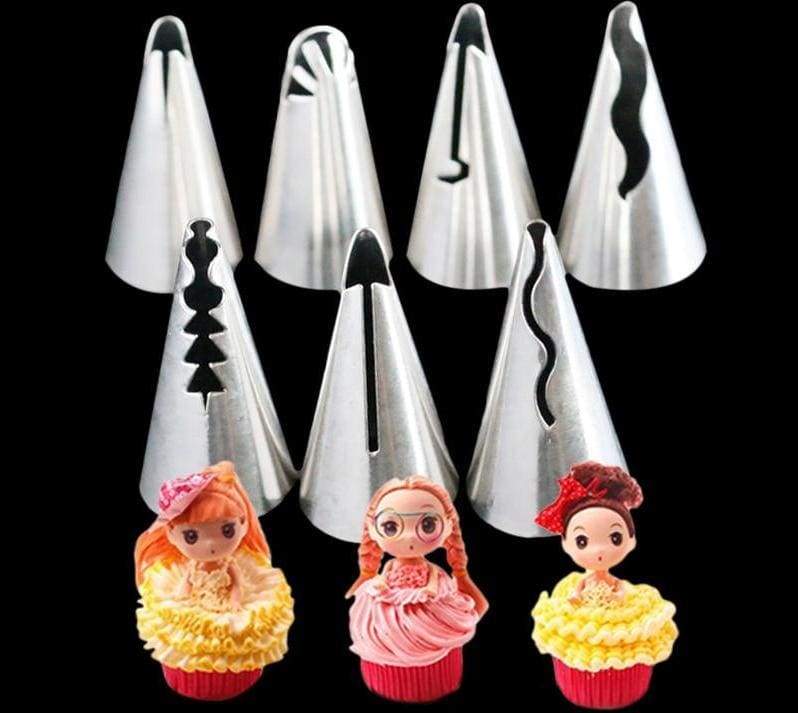
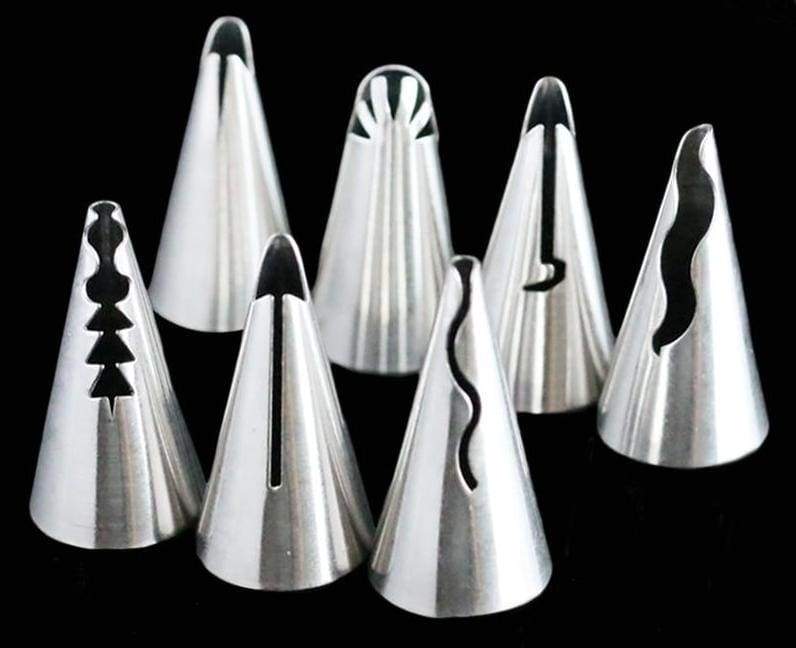
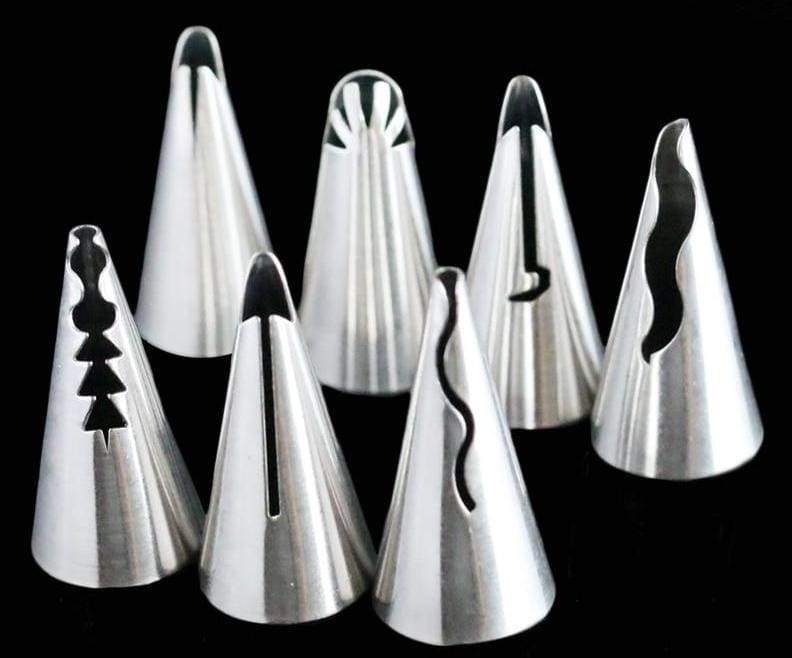
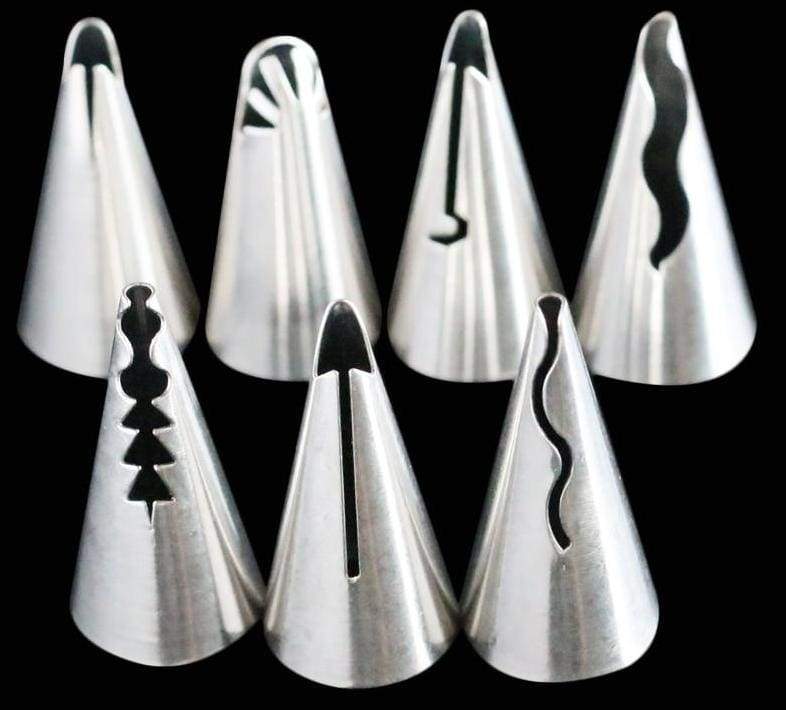
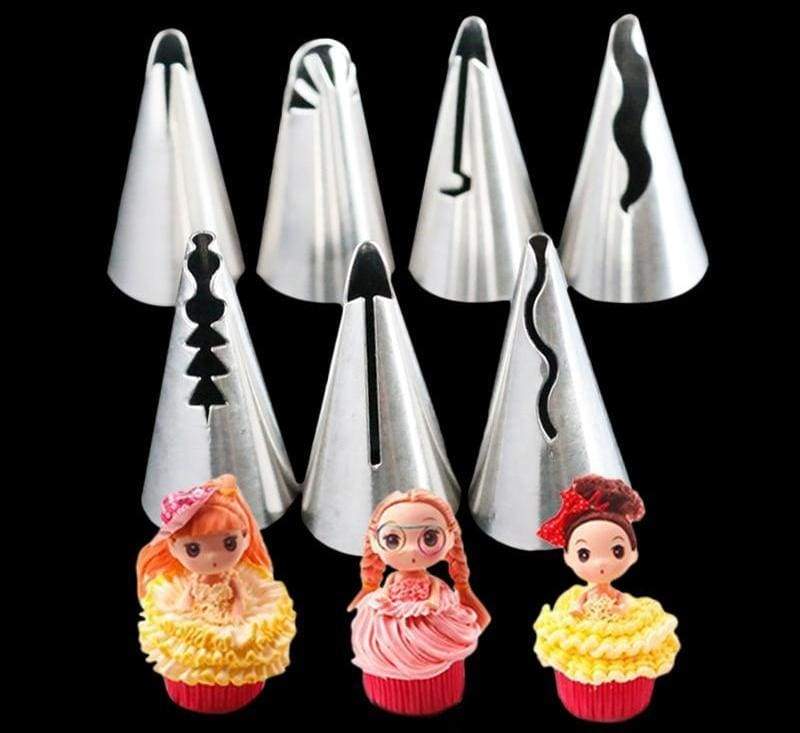

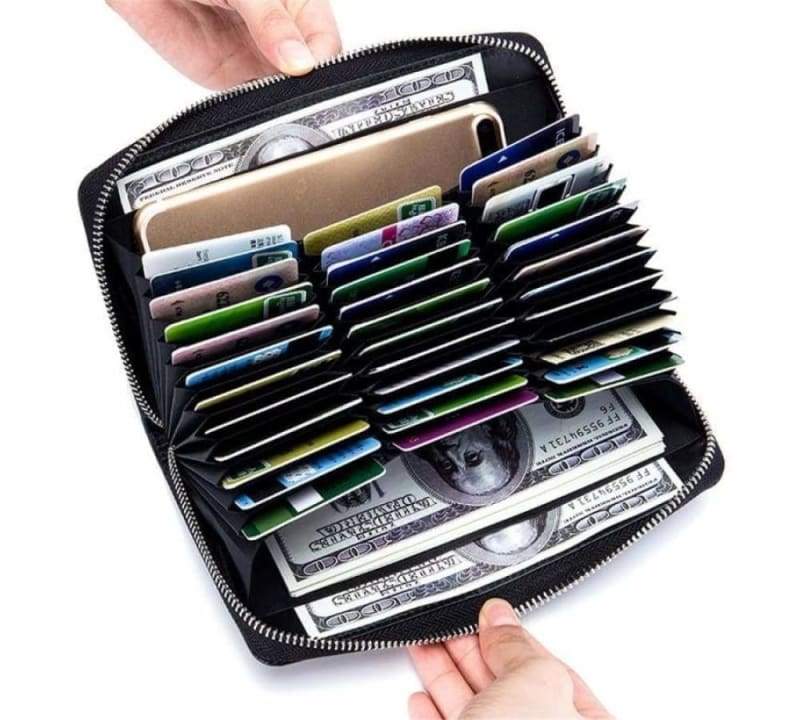
Ruffle Piping Pastry Nozzles Set
$100.00 Original price was: $100.00.$29.97Current price is: $29.97.
In stock
| Title | Range | Discount |
|---|---|---|
| Bulk/tiered discount - 1 | 2 - 3 | 10% $26.97 |
| Bulk/tiered discount - 2 | 4 - 7 | 15% $25.47 |
| Bulk/tiered discount - 3 | 8 - 10 | 20% $23.98 |
| Bulk/tiered discount - 4 | 11 - 15 | 25% $22.48 |
| Bulk/tiered discount - 5 | 16 + | 30% $20.98 |
Ruffle Piping Pastry Nozzles Set !!!
You love baking, especially cakes decorating. Are you looking for a cake decorating idea for your child’s next birthday party? The ruffle piping nozzles pastry set is for you. Cake decoration has never been so easy. The name says it all! With this set, you can make easily create various cake decorations like beautiful buttercream flowers or lovely skirt dolls. We believe that your child will feel happy and excited when receiving this bake! Buy it now!
7 pcs/set Wedding Russian Nozzles Pastry Puff Skirt Icing Piping Nozzles Pastry Decorating Tips Cake Cupcake Decorator Tool
Just click the “Add To Cart” Button Below! There’s a very limited stock, and they will go soon!
Note: Please allow 2-4 weeks for delivery.
WE SUPPORT AN AMAZING CAUSE
We’re thrilled to support Nanhi Pari Foundation is a Girl Child Right Organization which works for Education, Health & Nutrition for Girl Child.




SK Fashion’s 7-POINT HAPPINESS CHECKLIST
1. FREE Shipping Worldwide on special offers.
2. Fast, Sure & Safe delivery.
3. Safe Payments via PayPal® and 2Checkout®.
4. 30 Day Money Back Guarantee.
5. Real humans on our support help-desk !
6.Tracking number for every order.
7.We use encrypted SSL certificates for 100% security.

Pastry Facts
Pastry is a dough of flour, water and shortening (solid fats, including butter). It also may contain milk, baking powder, and eggs.
Pastry may be savoury or sweetened.
Sweetened pastries are often described as bakers’ confectionery.
Pastry-making, pâtisserie in French, has developed as a special branch of cookery. Specialized products of the pastry cook or pâtissier include delicate flour and sugar confections (cakes, cookies, waffles, meringues, frostings, glazes, and fillings) combined in small pastries for snacks, taken with tea or coffee or after meals.
The European tradition of pastry-making is often traced back to the shortcrust era of flaky doughs that were in use throughout the Mediterranean in ancient times. In the ancient Mediterranean, the Romans, Greeks and Phoenicians all had filo-style pastries in their culinary traditions. Filo is a paper-thin pastry dough that is used in many layers.
Egyptians produced pastry-like confections which were made by dipping a baked flour cake in honey and serving with desert nuts as toppings.
In the plays of Aristophanes (5th century BC), there are mentions of sweetmeats including small pastries filled with fruit.
In the medieval cuisine of Northern Europe, pastry chefs were able to produce nice, stiff pastries because they cooked with shortening and butter.
It was not until about the mid-16th century that actual pastry recipes began appearing in various European countries.
Many culinary historians consider French pastry chef Antonin Carême (1784–1833) to have been the first great master of pastry making in modern times.
Pastry is differentiated from bread by having a higher fat content, which contributes to a flaky or crumbly texture. A good pastry is light and airy and fatty, but firm enough to support the weight of the filling.
Shortcrust pastry is the simplest and most common pastry. It is a type of pastry often used for the base of a tart, quiche or pie. Shortcrust pastry can be used to make both sweet and savory pies such as apple pie, quiche, lemon meringue or chicken pie.
In Danish pastry and croissants, the characteristic flaky texture is achieved by repeatedly rolling out a dough similar to that for yeast bread, spreading it with butter, and folding it to produce many thin layers.
Although today known world-wide as “Danishes” these pastries did not originate in Denmark, but were brought to Denmark by Austrian bakers, particularly from Vienna in the 1850’s when Danish pastry workers went on a long-term wage strike. These bakers were unfamiliar with Danish baked goods so they used their own traditions with flaky, buttery dough filled with a variety of custards, nut, fruit, jellies, and almond paste. It did not take long before these pastries were popular throughout Denmark and the demand persisted after the strike ended. This is why these types of pastries are called Viennese (wienerbrød) in Denmark.
People often think of France when they hear mention of the croissant, but Austria is the true country of birth for this famous pastry. Its Viennese, not French! The Kipferl, ancestor of the croissant, has been documented in Austria going back at least as far as the 13th century, in various shapes. The birth of the croissant itself–that is, its adaptation from the plainer form of Kipferl, before the invention of viennoiseries – can be dated to at least 1839 (some say 1838) when an Austrian artillery officer, August Zang, founded a Viennese bakery (“Boulangerie Viennoise”) at 92, rue de Richelieu in Paris.
A profiterole or cream puff is a filled French choux pastry ball with a typically sweet and moist filling of whipped cream, custard, pastry cream, ice cream, or sour cream. The puffs may be decorated or left plain or garnished with chocolate sauce, caramel, or a dusting of powdered sugar. The “cream puff” has appeared on US restaurant menus since at least 1851.
A croquembouche or croque-en-bouche is a French dessert consisting of choux pastry balls piled into a cone and bound with threads of caramel. In Italy and France, it is often served at weddings, baptisms and first communions. The name comes from the French phrase croque en bouche, meaning “(something that) crunches in the mouth.”
A strudel is a type of layered pastry with a filling that is usually sweet. It became popular in the 18th century throughout the Habsburg Empire. Strudel is part of Austrian cuisine but also common in many other Central and Eastern European cuisines.
Baklava is a rich, sweet dessert pastry made of layers of filo filled with chopped nuts and sweetened and held together with syrup or honey. It is characteristic of the cuisines of the Levant, the Caucasus, Balkans, Maghreb, and of Central and West Asia.
Pastry is a dough of flour, water and shortening (solid fats, including butter). It also may contain milk, baking powder, and eggs.
Pastry may be savoury or sweetened.
Sweetened pastries are often described as bakers’ confectionery.
Pastry-making, pâtisserie in French, has developed as a special branch of cookery. Specialized products of the pastry cook or pâtissier include delicate flour and sugar confections (cakes, cookies, waffles, meringues, frostings, glazes, and fillings) combined in small pastries for snacks, taken with tea or coffee or after meals.
The European tradition of pastry-making is often traced back to the shortcrust era of flaky doughs that were in use throughout the Mediterranean in ancient times. In the ancient Mediterranean, the Romans, Greeks and Phoenicians all had filo-style pastries in their culinary traditions. Filo is a paper-thin pastry dough that is used in many layers.
Egyptians produced pastry-like confections which were made by dipping a baked flour cake in honey and serving with desert nuts as toppings.
In the plays of Aristophanes (5th century BC), there are mentions of sweetmeats including small pastries filled with fruit.
In the medieval cuisine of Northern Europe, pastry chefs were able to produce nice, stiff pastries because they cooked with shortening and butter.
It was not until about the mid-16th century that actual pastry recipes began appearing in various European countries.
Many culinary historians consider French pastry chef Antonin Carême (1784–1833) to have been the first great master of pastry making in modern times.
Pastry is differentiated from bread by having a higher fat content, which contributes to a flaky or crumbly texture. A good pastry is light and airy and fatty, but firm enough to support the weight of the filling.
Shortcrust pastry is the simplest and most common pastry. It is a type of pastry often used for the base of a tart, quiche or pie. Shortcrust pastry can be used to make both sweet and savory pies such as apple pie, quiche, lemon meringue or chicken pie.
Pie
In Danish pastry and croissants, the characteristic flaky texture is achieved by repeatedly rolling out a dough similar to that for yeast bread, spreading it with butter, and folding it to produce many thin layers.
Although today known world-wide as “Danishes” these pastries did not originate in Denmark, but were brought to Denmark by Austrian bakers, particularly from Vienna in the 1850’s when Danish pastry workers went on a long-term wage strike. These bakers were unfamiliar with Danish baked goods so they used their own traditions with flaky, buttery dough filled with a variety of custards, nut, fruit, jellies, and almond paste. It did not take long before these pastries were popular throughout Denmark and the demand persisted after the strike ended. This is why these types of pastries are called Viennese (wienerbrød) in Denmark.
Danish pastry
People often think of France when they hear mention of the croissant, but Austria is the true country of birth for this famous pastry. Its Viennese, not French! The Kipferl, ancestor of the croissant, has been documented in Austria going back at least as far as the 13th century, in various shapes. The birth of the croissant itself–that is, its adaptation from the plainer form of Kipferl, before the invention of viennoiseries – can be dated to at least 1839 (some say 1838) when an Austrian artillery officer, August Zang, founded a Viennese bakery (“Boulangerie Viennoise”) at 92, rue de Richelieu in Paris.
Croissant
A profiterole or cream puff is a filled French choux pastry ball with a typically sweet and moist filling of whipped cream, custard, pastry cream, ice cream, or sour cream. The puffs may be decorated or left plain or garnished with chocolate sauce, caramel, or a dusting of powdered sugar. The “cream puff” has appeared on US restaurant menus since at least 1851.
Profiterole
A croquembouche or croque-en-bouche is a French dessert consisting of choux pastry balls piled into a cone and bound with threads of caramel. In Italy and France, it is often served at weddings, baptisms and first communions. The name comes from the French phrase croque en bouche, meaning “(something that) crunches in the mouth.”
Croquembouche
A strudel is a type of layered pastry with a filling that is usually sweet. It became popular in the 18th century throughout the Habsburg Empire. Strudel is part of Austrian cuisine but also common in many other Central and Eastern European cuisines.
Strudel
Baklava is a rich, sweet dessert pastry made of layers of filo filled with chopped nuts and sweetened and held together with syrup or honey. It is characteristic of the cuisines of the Levant, the Caucasus, Balkans, Maghreb, and of Central and West Asia.
Baklava
The Luxury Zebra Cro. sold at London’s Dum Dum Donutterie is the most expensive pastry in the world. So-called because of its striped layers, the Luxury Zebra Cro is technically a Cronut – doughnut-croissant hybrid. The Cronut, which costs around $2000, includes saffron-infused butter croissant dough, Cristal rosé champagne caviar, gold leaf, Tahitian gold vanilla beans, and rare Amedei Porcelana chocolate, which is a dark chocolate made by the Amedei chocolatier of Tuscany and is often called the world’s most expensive chocolate.
The Pastry War may sound like a bake-off competition, but it was actually a military conflict sparked in part by an unpaid debt to a French pastry chef. The war began in November 1838 with the naval blockade of some Mexican ports and the capture of the fortress of San Juan de Ulúa in Veracruz by French forces sent by King Louis-Philippe. It ended several months later in March 1839 with a British-brokered peace.


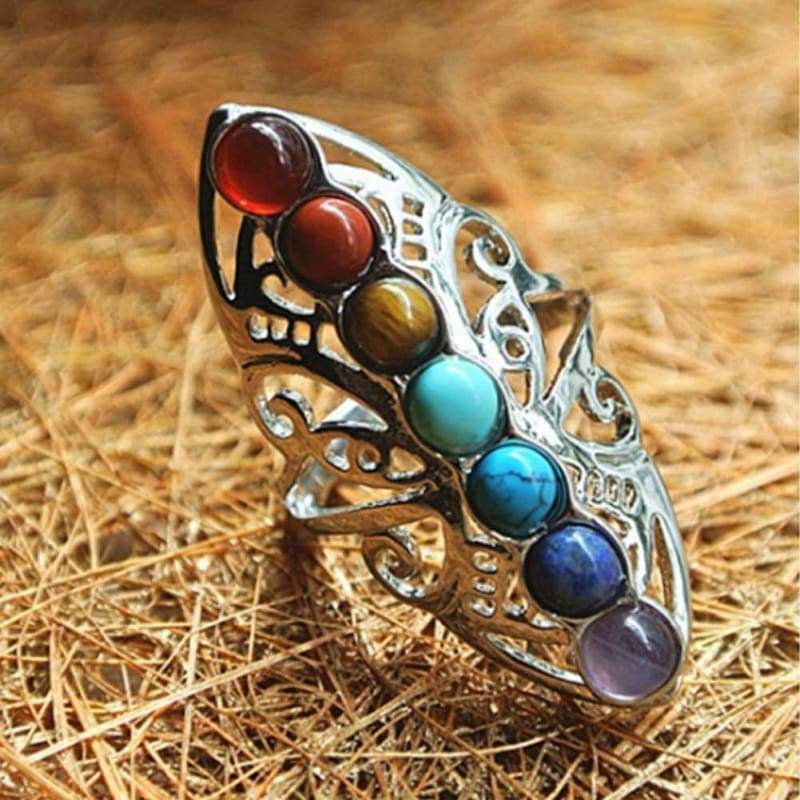
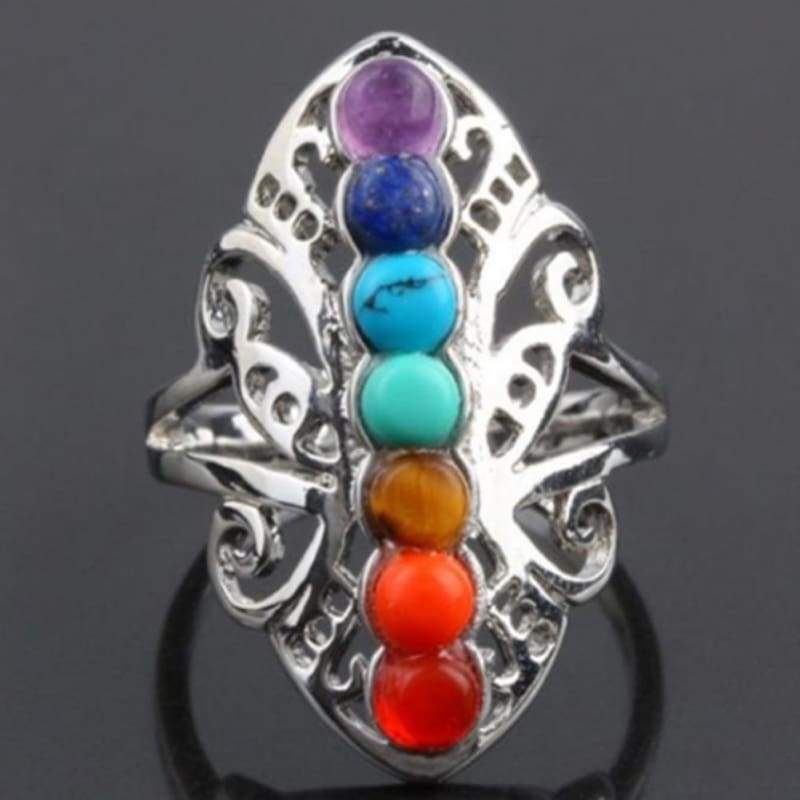
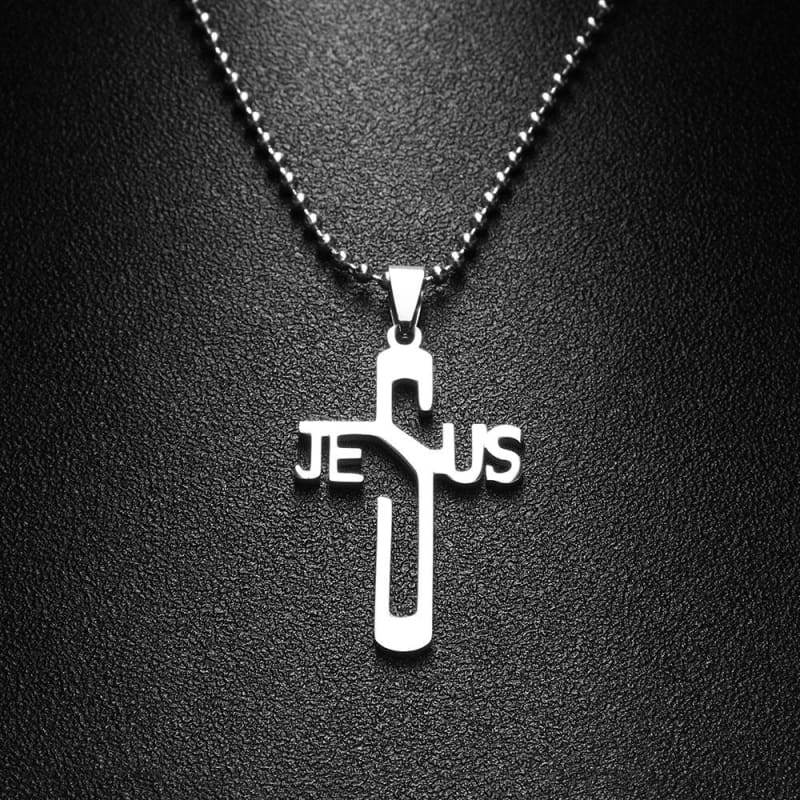

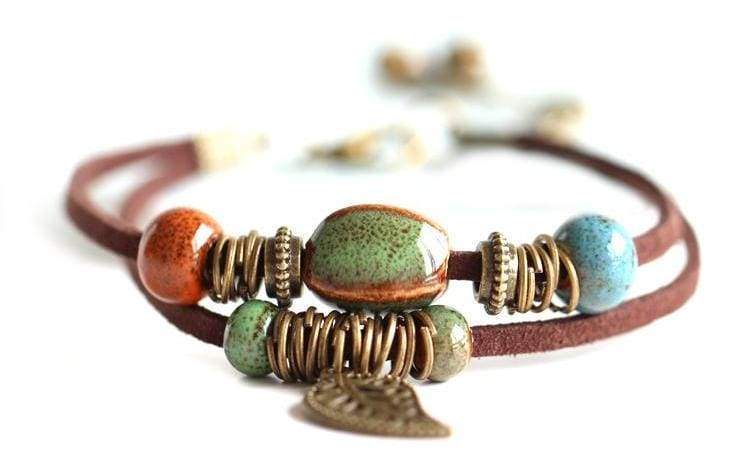
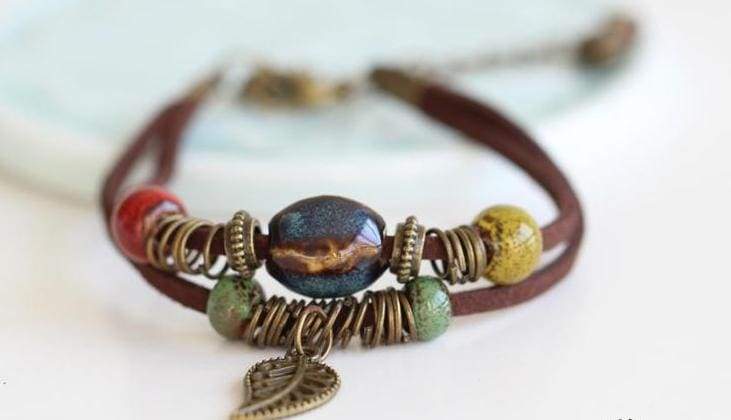
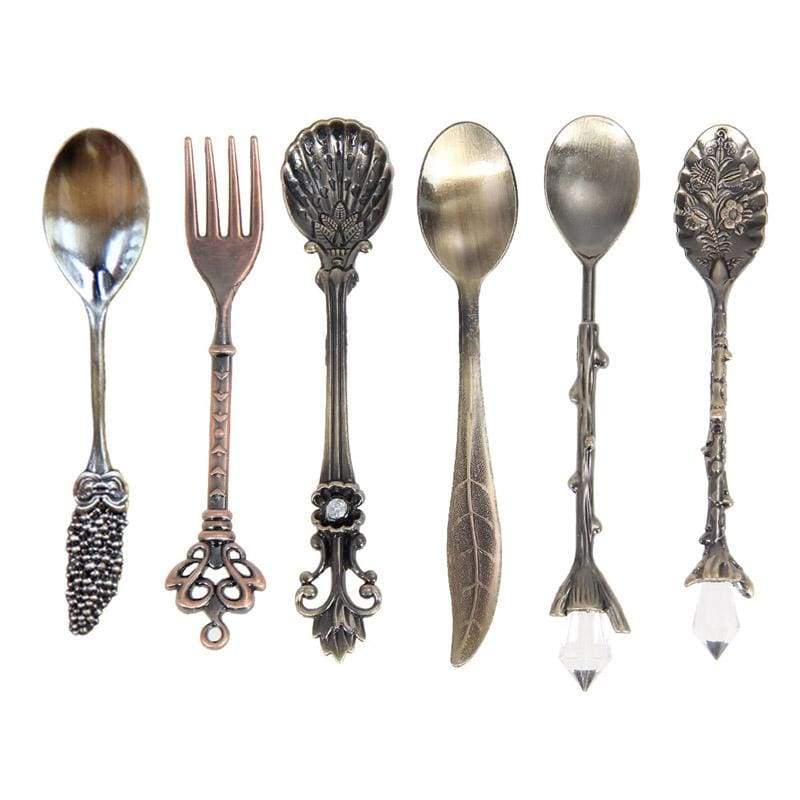

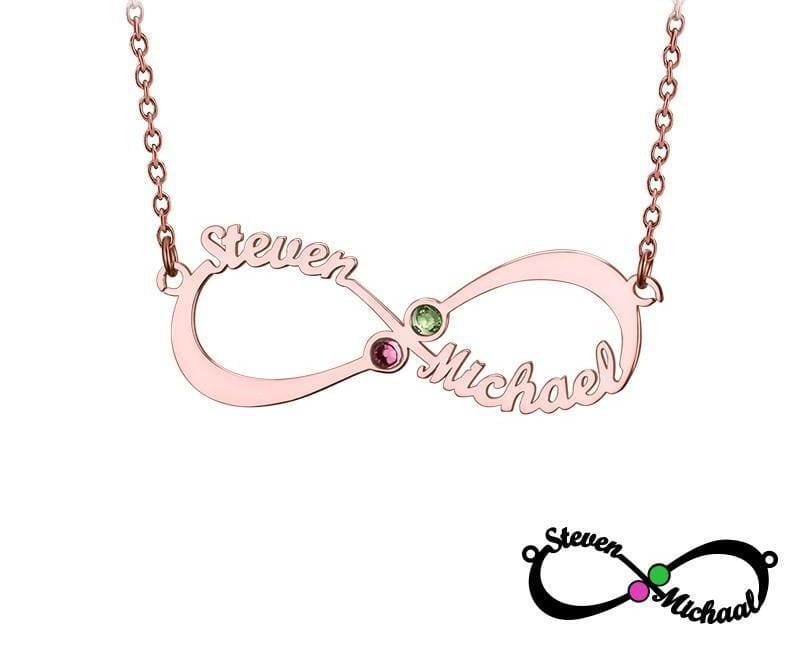
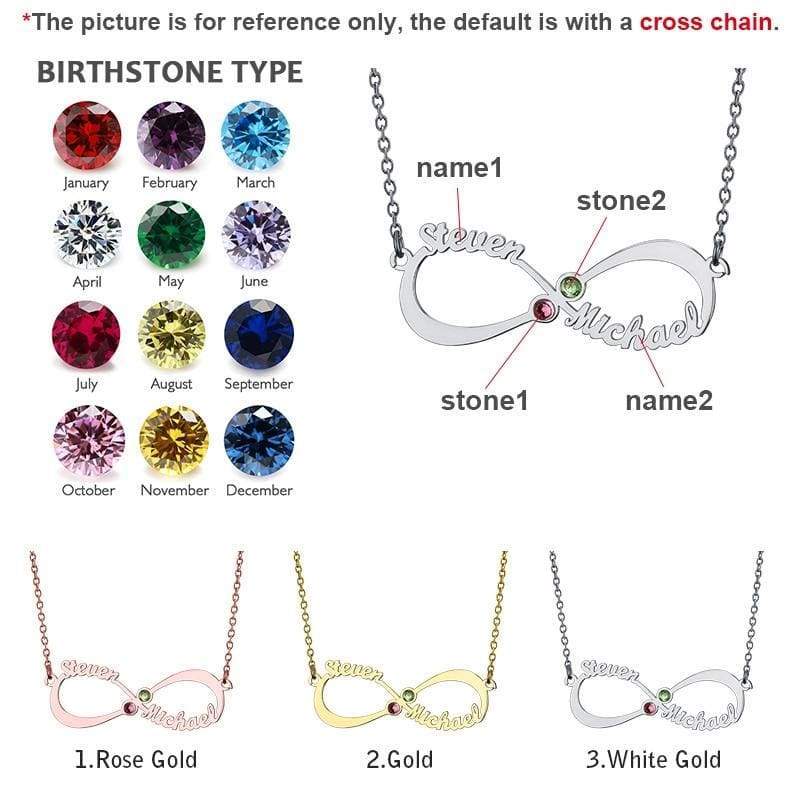



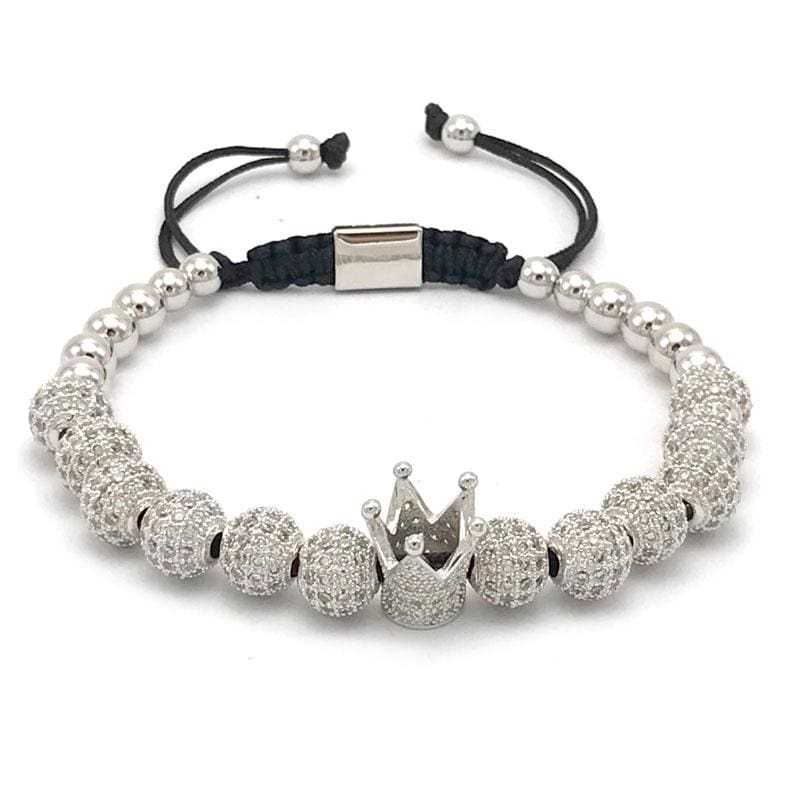
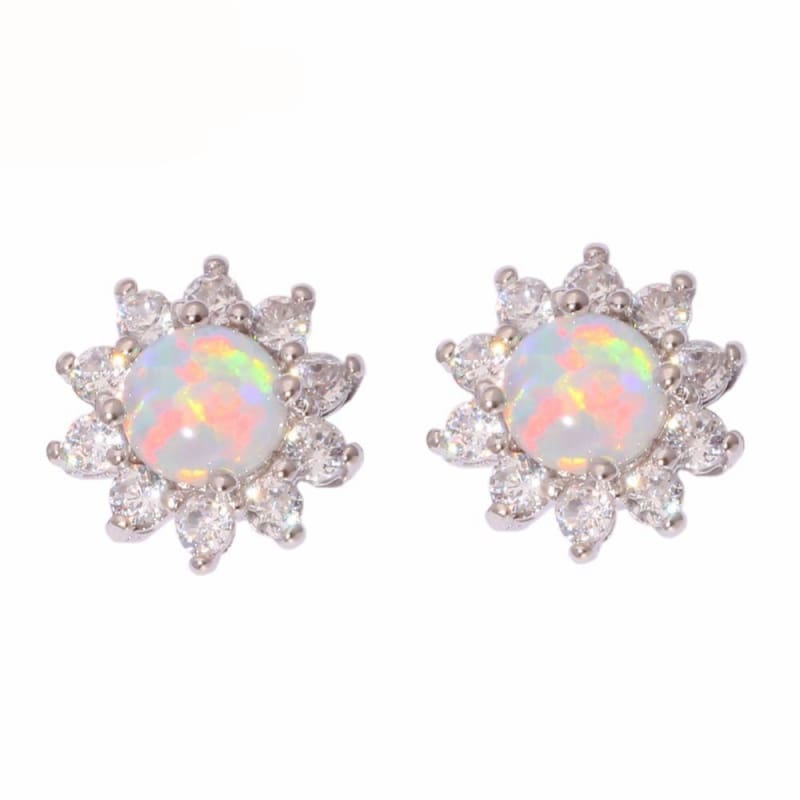
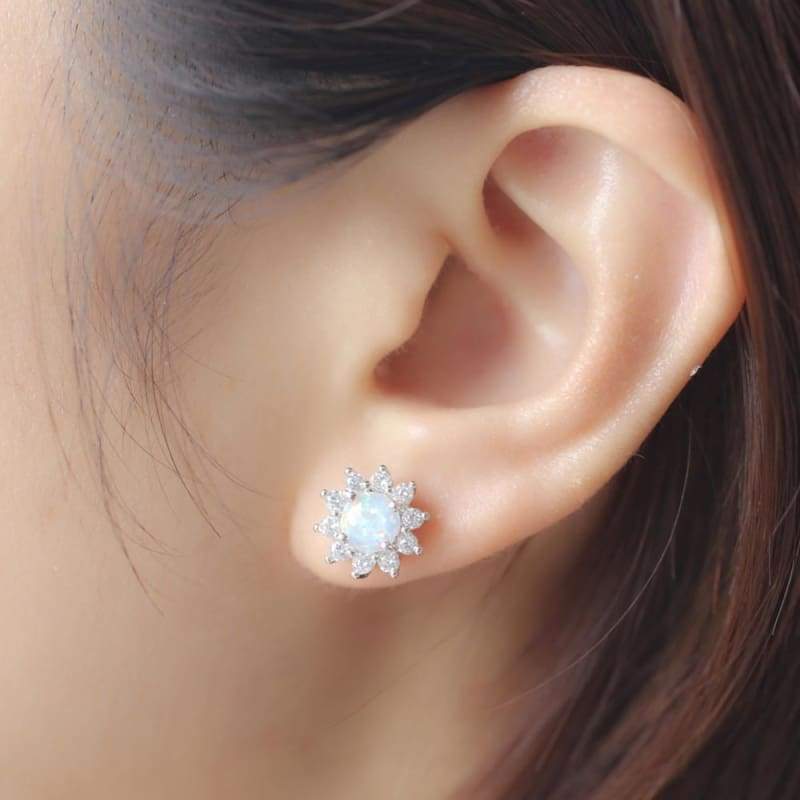
Ferne Borer –
Fully satisfied product with both of delivery time and price, excellent quality
Zachary Cremin –
Good product, the packaging is flimsy, but everything is whole!!!
Javier Gleichner –
Good quality! Came to me nicely in 2 weeks.
Gillian Vandervort –
Good product, would be better if it had an all in key though. But good overall. Correct price
Cary Borer –
Good set, but the color is slightly different
Johathan Dietrich –
Good price, but it took almost 1 months to arrive
Lloyd Wunsch –
Good quality! Came to me nicely in 2 weeks
Jasper Swaniawski –
Great bulbs backed up by good customer support
Melany Reichert –
Good quality, fast shipping to the US, the item is as described. Would recommend again. Very happy
Aron Nienow –
Good for your money with high quality.
Ellis Schmidt –
Good quality, fast shipping to the US, the item is as described. Would recommend again. I am really happy with this purchase.
Sterling Bartell –
Good quality product. Excellent work and thank you, when I can I would like to buy more from this store. Recommend!!!
Quinn Hintz –
Great item, it’s working really well and came quickly. Strongly recommend.
Morton Bechtelar –
Good for the price, Quality is not very good
Nat Beer –
Good all round service
Brendan Witting –
Good price. Highly recommend!
Otho Keebler –
Good service. However the good is little too hard but satisfied with overall quality.
Hilton Howell –
Good quality. It`s worth my money, arrived in perfect condition.
Adam Ullrich –
Good quality, arrived in perfect condition.
Wilford Gutmann –
Got it. Sent quickly. Seller communicated often to inform about shipping status.
Branson Mayert –
Great customer service and regular helpful updates on my order
Marley Baumbach –
Good all round service, not disappointed
Mark –
This product is great!
Wilhelm Schaefer –
Satisfied with the products, everything is good, safely packaged, came later than I expected
Wilhelm Schaefer –
Satisfied with the products, everything is good, safely packaged, came later than I expected
Wilhelm Schaefer –
Satisfied with the products, everything is good, safely packaged, came later than I expected
Wilhelm Schaefer –
Satisfied with the products, everything is good, safely packaged, came later than I expected
Wilhelm Schaefer –
Satisfied with the products, everything is good, safely packaged, came later than I expected
Wilhelm Schaefer –
Satisfied with the products, everything is good, safely packaged, came later than I expected
Wilhelm Schaefer –
Satisfied with the products, everything is good, safely packaged, came later than I expected